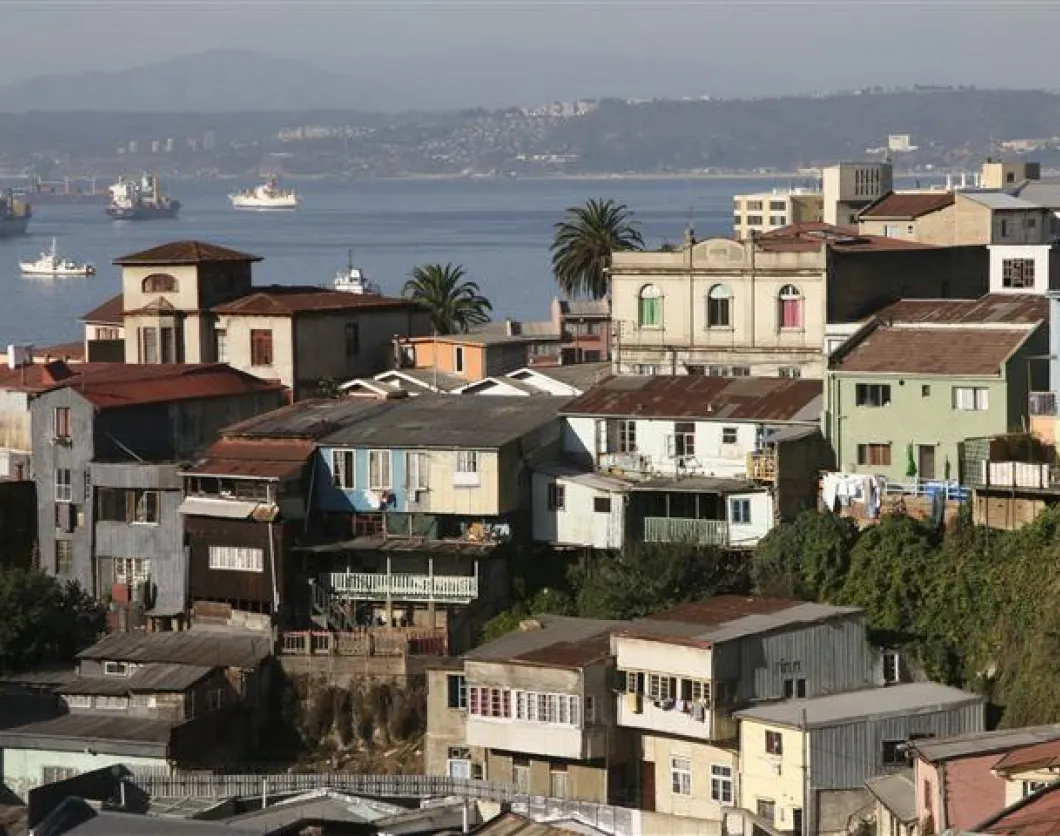Chile, while known to most western countries for the vast and towering mountain ranges and a wide variety of fruit exports, is also home to a surprisingly large number of poets. Along the central coast of Chile, just south of the capital city of Santiago, lies a string of small beach towns that have been a favorite for the local writers and artistic talent. Locally, these towns and the area around them is known as the Coast of Poets.
Perhaps the best known poet to come from the country is Pablo Neruda. Born in 1904, he penned some of the most critically acclaimed poems in any language, and his mastery of the written word won a Nobel Prize for Literature in 1971. He passed away two years later, in 1973. His legacy has lived on in the area though, and many other Chilean poets have resided there since.
The coast is known as a weekend getaway from the hustle and bustle of Santiago. With long strands of pristine sandy beaches and a very Bohemian lifestyle among the local residents, you would be hard pressed to find a more relaxing place on the whole west coast of South America.
The Coast of Poets starts in Valparaíso, the so-called cultural capital of Chile. Heading south from there, you will skirt past the countryside and quickly reach Mirasol. A quiet town, Mirasol is separated from the sun-drenched sandy beaches by winding pathways through fields of blackberry bushes. Palm trees can be seen stretched out along the beaches and reach towards the water, making for absolutely stunning sunsets and views of the Pacific Ocean. To the north of Mirasol is a cliff which is a very popular launching point for paragliders.
On the southern edge of Mirasol is Algarrobo, which is famous for having a 1,000 yard long saltwater swimming pool, also called a lagoon. Man-made, it has been recognized by Guinness World Records as being the largest of its type.
Just past Algarrobo is El Quisco, a popular resort town as well as the final resting place of Clara Solovera since her death in 1992. The small bay here also served as a hiding place for Sir Francis Drake, an English corsair who was being pursued by the Spaniards as a pirate.
Continuing along you will find Isla Negra. Situated on the rocks high above the thrashing ocean, this is the place that Pablo Neruda called home. Today there is a museum there honoring his works, and the small town also has a crafts market that is still popular today.
Some of the best beaches on the Coast of Poets are in El Tabo. Having a wide variety of beaches to choose from, there will be something for everyone. From quiet relaxing shady beaches with small waves to rocky shores with big waves crashing down, providing excitement for the more adventurous surfers out there. El Tabo also contains archaeological sites, primarily centuries old cemeteries scattered around the city.
No trip to the Coast of Poets would be complete without a trip to Las Cruces, the home of famous Chilean antipoet Nicanor Parra. While the town is quite small there are two things nearby which are sights to behold. The lookout point on top of cliffs which jut out into the ocean at Punta del Lacho is the best place to catch a view of the entire coastline on the Coast of Poets. South of the town is Laguna El Peral, a natural beauty thriving with bird and marine life. Here, if you are lucky, you can catch a glimpse of the black necked swan.
Just a little bit south is San Sebastián, which has traditional houses and sand dunes on the beaches.
One step past there you will find Cartagena. In the nearby hills lie Vincente Huidobro's remains. The founder of the creationism movement a century ago, he died in France near the end of the second World War.
San Antonio, one town down from there, has a tradition of fishing and features some of the best seafood restaurants around. It also has a decent size container port.
The last town on this coast is Santo Domingo, a popular exclusive destination with many classy resorts for wealthy tourists.









